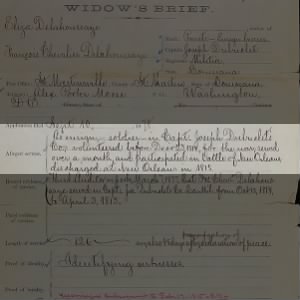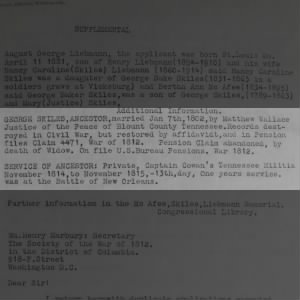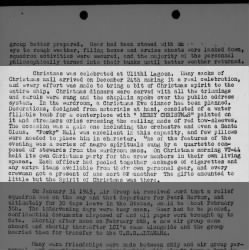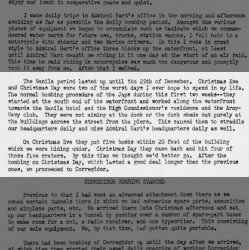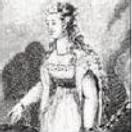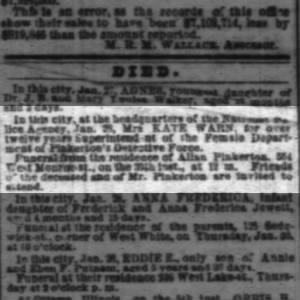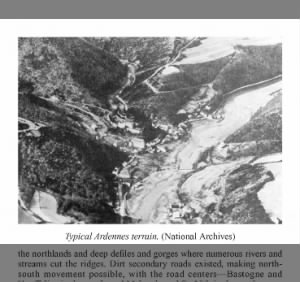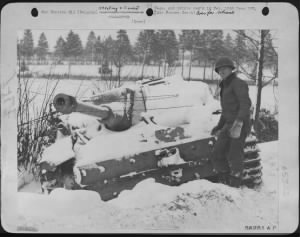
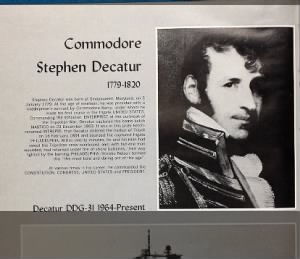
On February 16, 1804, American naval lieutenant Stephen Decatur led a covert mission to burn the USS Philadelphia, an American ship that had fallen into Tripolitan hands, during the First Barbary War.
At the time, the Barbary states—Morocco, Algiers, Tunis, and Tripoli—made money through state-sponsored piracy in the Mediterranean, raiding merchant ships unless their governments paid huge sums to the Barbary leaders. In 1801, Tripoli had declared war on the United States, and President Thomas Jefferson sent the American Navy as a show of force against Tripoli (in present-day Libya).
Unfortunately, one of the two big American frigates that had been sent, the USS Philadelphia, ran aground on a reef off the shore of Tripoli in October 1803. The captain of the Philadelphia tried to dislodge the ship but was unable to do so before Tripolitan sailors arrived and captured the ship’s officers and crew and took them prisoner. Despite the Americans’ attempts to scuttle their ship, the Tripolitans were able to refloat it during a storm and move the Philadelphia to their harbor.
When the commodore of the American forces heard about the Philadelphia, a plan was formed wherein a group of Americans would sneak into the harbor at Tripoli and burn the Philadelphia so it couldn’t be used against them. Chosen to lead the mission was Lieutenant Stephen Decatur, a well-liked and respected officer.
Together with a crew of 84 men, Decatur sailed into the harbor aboard a previously captured Tripolitan boat, pretending to be a Maltese vessel that had lost its anchor. The Tripolitans aboard the Philadelphia agreed to let the “Maltese” boat tie up next to them for the night, but when the boat drew close enough, Decatur and his men stormed the Philadelphia and quickly dispatched the Tripolitan crew. Then the Americans set the ship ablaze and returned to their own boat and fled, barely escaping being caught in the flames themselves.
Decatur’s exploits made him an instant hero, and he was promoted to captain at the young age of 25. He would later go on to become one of America’s great naval heroes during the War of 1812 and the Second Barbary War.
Do you have any ancestors who fought in the Barbary Wars? Tell us about them! Or learn more about the conflicts by searching on Fold3.



